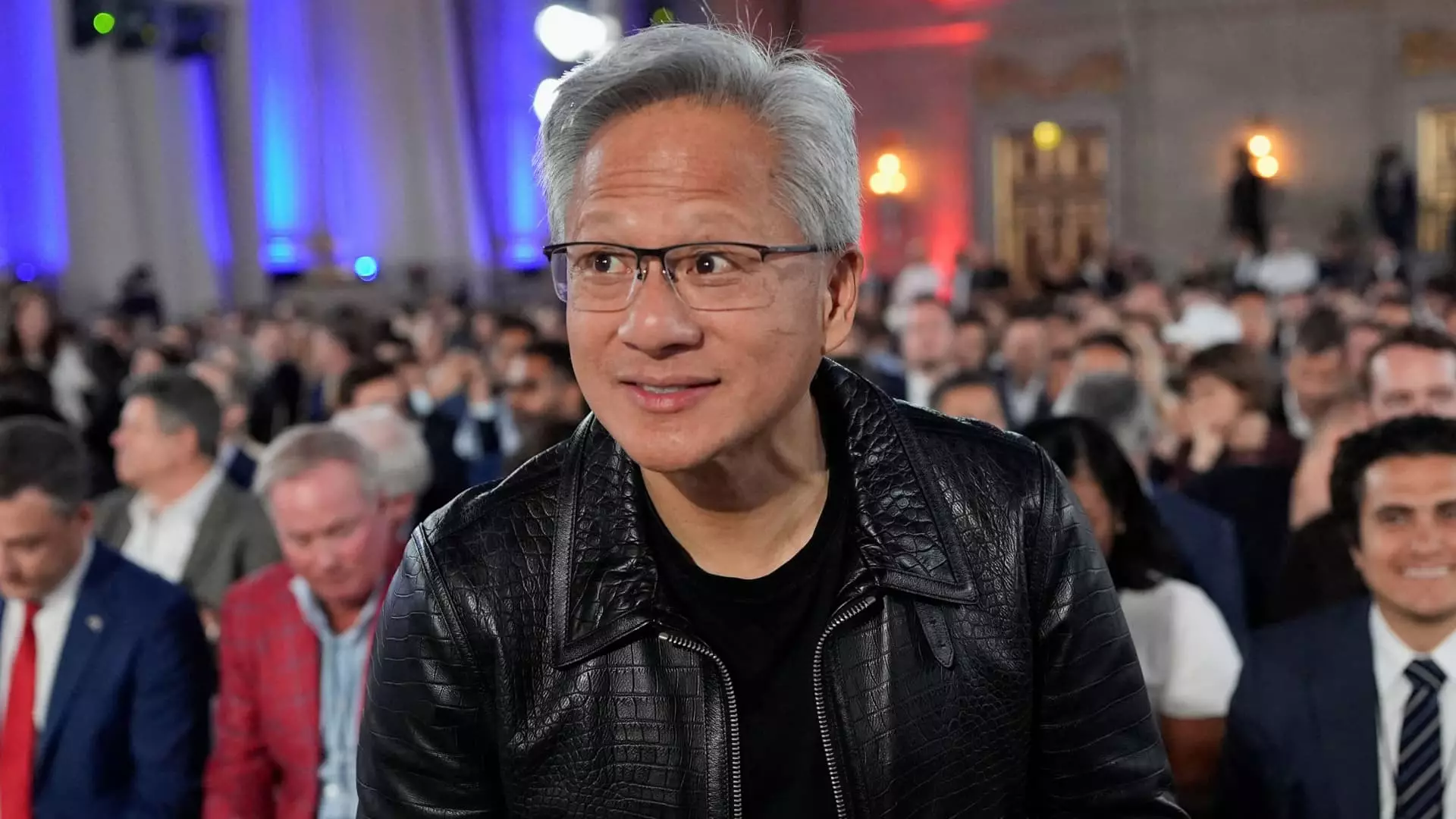Nvidia’s recent move to invest over $900 million in Enfabrica marks a significant deviation from its traditional, cautious acquisition strategy. Unlike the colossal buyouts by big tech giants like Meta and Google, Nvidia’s approach has historically been centered around selective, high-impact investments rather than large-scale acquisitions. This recent deal, however, signals a shift—one that reveals Nvidia’s strategic intent to cement its dominance in the AI hardware ecosystem by acquiring talent and cutting-edge technology through a more aggressive posture. For those who view Nvidia as merely a GPU manufacturer, this move should instead be seen as a deliberate effort to solidify its control over the AI infrastructure supply chain, positioning itself as an indispensable gatekeeper in the burgeoning AI economy.
The decision to acquire Enfabrica’s CEO Rochan Sankar and other key personnel indicates Nvidia’s recognition that talent, innovation, and integrated systems are the true currencies of the AI race. By licensing the company’s advanced connectivity technologies, Nvidia aims to accelerate the development of scalable, integrated AI hardware clusters. This is not just about acquiring a promising startup; it’s about absorbing its intellectual capacity and strategic assets to tighten its grip over the industry’s future architecture. In essence, Nvidia’s strategy seems to be a calculated move to undercut future competitors, especially as AI infrastructure becomes more complex and central to digital economies.
Nvidia’s Evolving Market Posture: From Hardware Provider to Ecosystem Architect
Nvidia’s core business has always revolved around the manufacture of GPUs—a commodity that, by itself, is less powerful than the ecosystem of hardware and software that surrounds it. Yet, in recent years, they have started to pivot towards becoming an end-to-end solutions provider. The introduction of multi-GPU racks and data centers like the $4 billion Microsoft facility exemplifies this trajectory. More recently, their investments—ranging from the Israeli startup Run:AI to stakes in data center firms—highlight a broader ambition: controlling the entire AI hardware stack.
This shift underscores two critical insights. First, Nvidia perceives the AI gold rush not merely as an opportunity to sell chips but as a broad industry paradigm shift where owning the integrated systems, software, and talent pipeline grants a strategic advantage. Second, by quietly acquiring or licensing critical technology, Nvidia aims to preempt competitors from catching up or eclipsing its advancements. Their recent multibillion-dollar investments, including a $5 billion stake in Intel and sizeable bets on data center startups, further demonstrate their commitment to playing a central role in AI infrastructure—on their own terms.
This approach is not without risks, but Nvidia’s long-term vision seems to be an ecosystem-centric strategy that discourages new entrants and consolidates power within its existing network. The core strength lies in creating a closed-loop environment where hardware, software, and talent are tightly integrated—a move that could suppress innovation elsewhere and create high barriers for smaller players trying to enter the market.
The Power Play of Talent and Technology Amid Regulatory Complexities
In the broader context of the industry, Nvidia’s move reflects a nuanced understanding of the regulatory landscape. Unlike Meta or Google, which have often resorted to high-profile acquisitions of startups and their founders, Nvidia’s recent strategy focuses on licensing and talent acquisition within a more flexible framework. This approach allows it to sidestep some of the regulatory hurdles faced by larger acquisitions, giving Nvidia a stealthy advantage in bolstering its capabilities without attracting immediate scrutiny.
Furthermore, Nvidia’s emphasis on licensing and direct talent hires is a testament to the importance of human capital in the AI race. The industry’s top engineers and researchers are increasingly seen as strategic assets, and Nvidia’s selective talent acquisitions—like Sankar’s—highlight its prioritization of building an elite team to push technological boundaries. It is a smarter, more controlled method of growth, designed to add capacity without triggering the alarms that come with overtly large acquisitions. This method not only preserves Nvidia’s market reputation but possibly ensures a steadier pipeline of innovation.
It is also worth noting that these moves position Nvidia to influence the development of standards and best practices within AI hardware manufacturing. By controlling key technological avenues and talent streams, Nvidia secures an advantage that isn’t just about current market share but about setting future industry direction. It’s a strategic power play—one rooted in influence, innovation, and control—in a sector where who controls the tools controls the entire value chain.
Final thoughts
Nvidia’s latest maneuver is a clear message: in the race for AI dominance, control and foresight trump mere market share. Their shift towards aggressive talent acquisition and strategic licensing signals intent to control the future infrastructure of artificial intelligence—an arena poised to define economic and geopolitical power for decades to come. This is not merely about technology—it’s about shaping the very foundation of tomorrow’s digital economy on their own terms, ensuring their centrality at the expense of the open and competitive ecosystems that others claim to champion.

